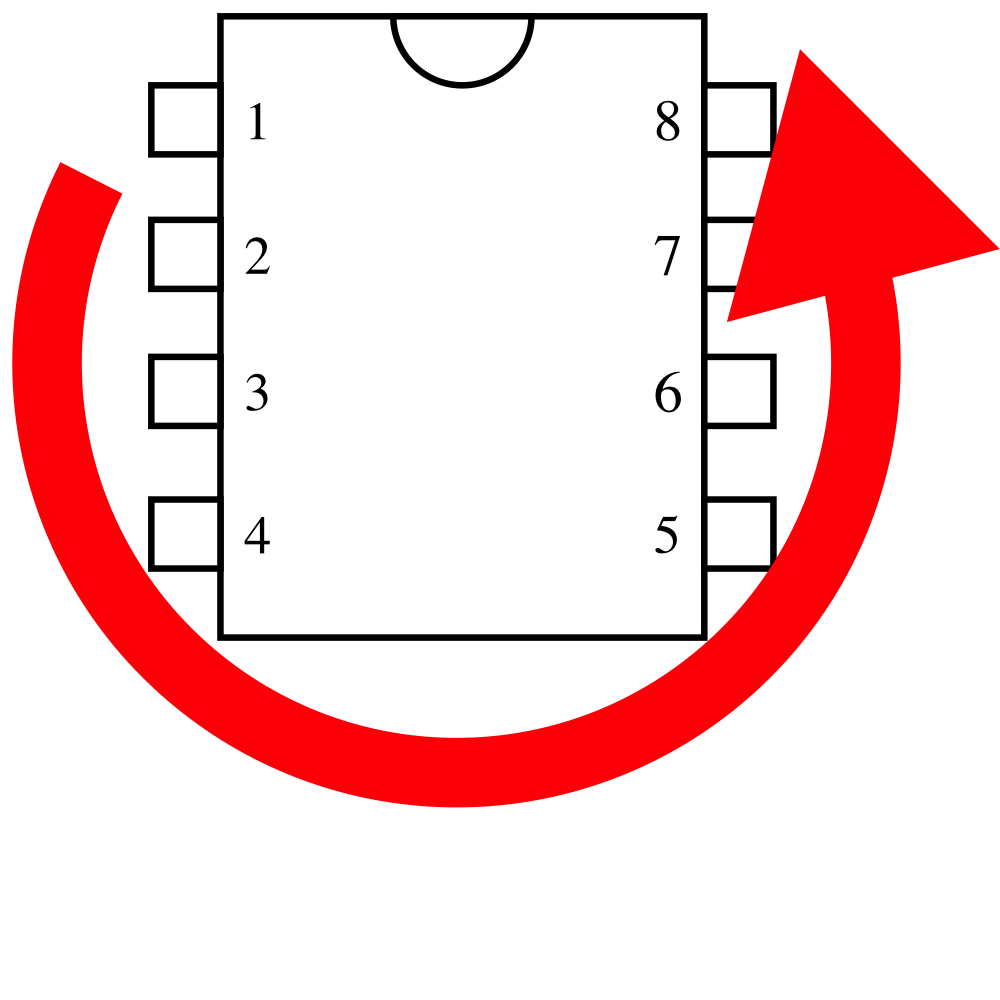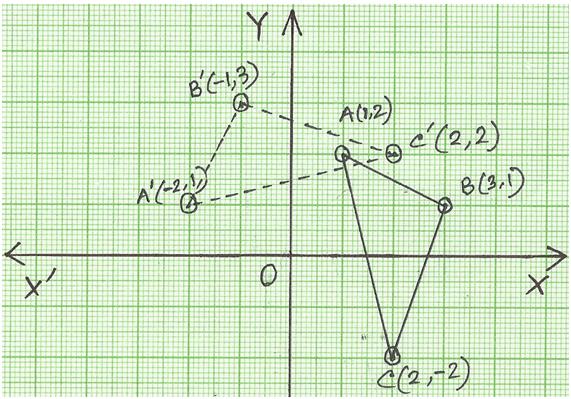

check that the GMaps API was already loaded Sample usage: var myPolygon = new ( true if the path is clockwise false if the path is counter-clockwise I felt comfortable using it - use at your own risk.
#Get clockwise code
The code also uses a sort of private API in the Google Maps geometry library. The code leverages the side effect of polygon areas: a clockwise winding order of vertexes yields a positive area, while a counter-clockwise winding order of the same vertexes produces the same area as a negative value. If final sum is positive, you went clockwise, negative, counterclockwise.įor what it is worth, I used this mixin to calculate the winding order for Google Maps API v3 apps. All we will care about is its magnitude, and of course its sign (positive or negative)!ĭo this for each of the other 4 points around the closed path, and add up the values from this calculation at each vertex. This is a measure of whether the next segment after the vertex has bent to the left or right, and by how much. So, to get back to just a measure of the angle you need to divide this value, ( -16), by the product of the magnitudes of the two vectors. The magnitude of this value ( -16), is a measure of the sine of the angle between the 2 original vectors, multiplied by the product of the magnitudes of the 2 vectors.Īctually, another formula for its value isĪ X B (Cross Product) = |A| * |B| * sin(AB). The formula for calculating the magnitude of the k or z-axis component is Given that all cross-products produce a vector perpendicular to the plane of two vectors being multiplied, the determinant of the matrix above only has a k, (or z-axis) component. The third (zero)-valued coordinate is there because the cross product concept is a 3-D construct, and so we extend these 2-D vectors into 3-D in order to apply the cross-product: i j k These two edges are themselves vectors, whose x and y coordinates can be determined by subtracting the coordinates of their start and end points:ĮdgeE = point0 - point4 = (1, 0) - (5, 0) = (-4, 0) andĮdgeA = point1 - point0 = (6, 4) - (1, 0) = (5, 4) andĪnd the cross product of these two adjoining edges is calculated using the determinant of the following matrix, which is constructed by putting the coordinates of the two vectors below the symbols representing the three coordinate axis ( i, j, & k). So, for each vertex (point) of the polygon, calculate the cross-product magnitude of the two adjoining edges: Using your data:ĮdgeA is the segment from point0 to point1 and

The magnitude of this vector is proportional to the sine of the angle between the two original edges, so it reaches a maximum when they are perpendicular, and tapers off to disappear when the edges are collinear (parallel). Then the cross product of two successive edges is a vector in the z-direction, (positive z-direction if the second segment is clockwise, minus z-direction if it's counter-clockwise). I was able to get the needle to move as the dial is. Imagine that each edge of your polygon is a vector in the x-y plane of a three-dimensional (3-D) xyz space. They need to learn to turn the valve counter-clockwise to turn on the gas and then set the pressure. We ensure that any funds received by you are held in a segregated account so that in the unlikely event that Contis Financial Services Ltd becomes insolvent your funds will be protected against claims made by creditors.The cross product measures the degree of perpendicular-ness of two vectors. Please note that electronic money products are not covered by the Financial Services Compensation Scheme. The Clockwise Credit Union Card Account and Visa Card is issued by Contis Financial Services Ltd who is authorised by the Financial Conduct Authority under the Electronic Money Regulations 2011 (Firm Reference Number: 900025) to issue e-money and is a member of Visa. Step 2: Protect your Focus Time and breaks. Follow these 5 simple steps to get the most out of Clockwise: Step 1: Define your meeting preferences.

Clockwise creates uninterrupted blocks of time to focus, so you can move your most important. If you spend 5 minutes configuring your Clockwise settings now, it can save you hours of time in the future. Clockwise Credit Union Ltd is registered in England No. Escape the chaos of work and find your focus with Clockwise.

Registered office: 1 St Nicholas Place, Leicester, LE1 5LB. Clockwise is a member of the Financial Services Compensation Scheme, the Financial Ombudsman Service and ABCUL. FRN213498 is authorised by the Prudential Regulation Authority and regulated by the Financial Conduct Authority and the Prudential Regulation Authority.


 0 kommentar(er)
0 kommentar(er)
